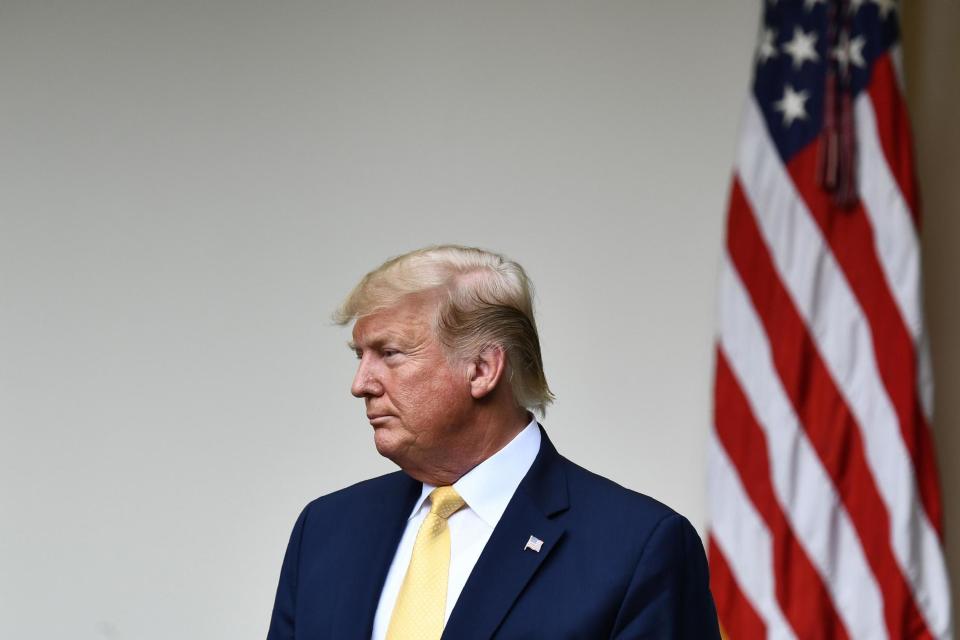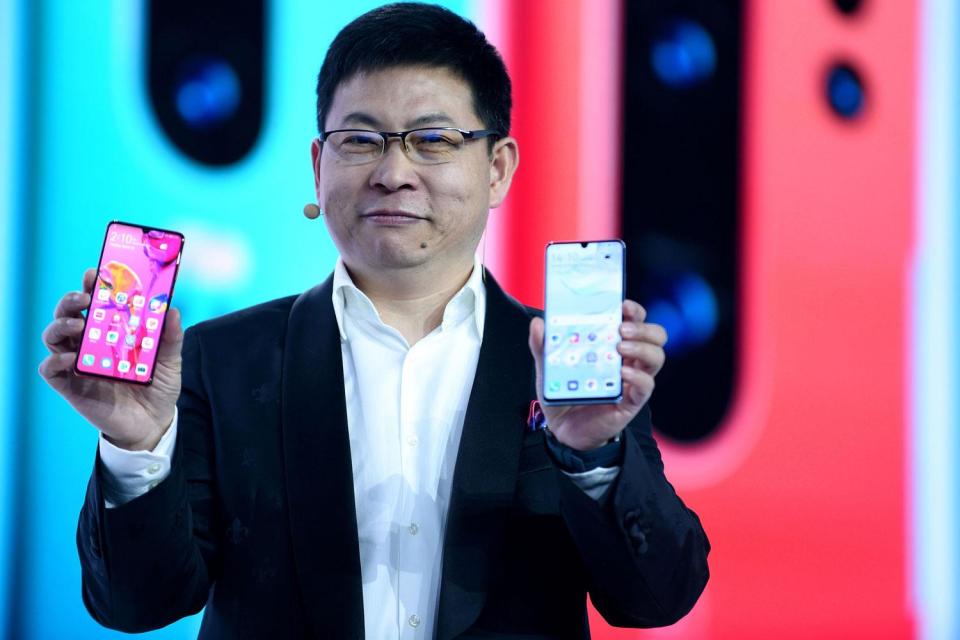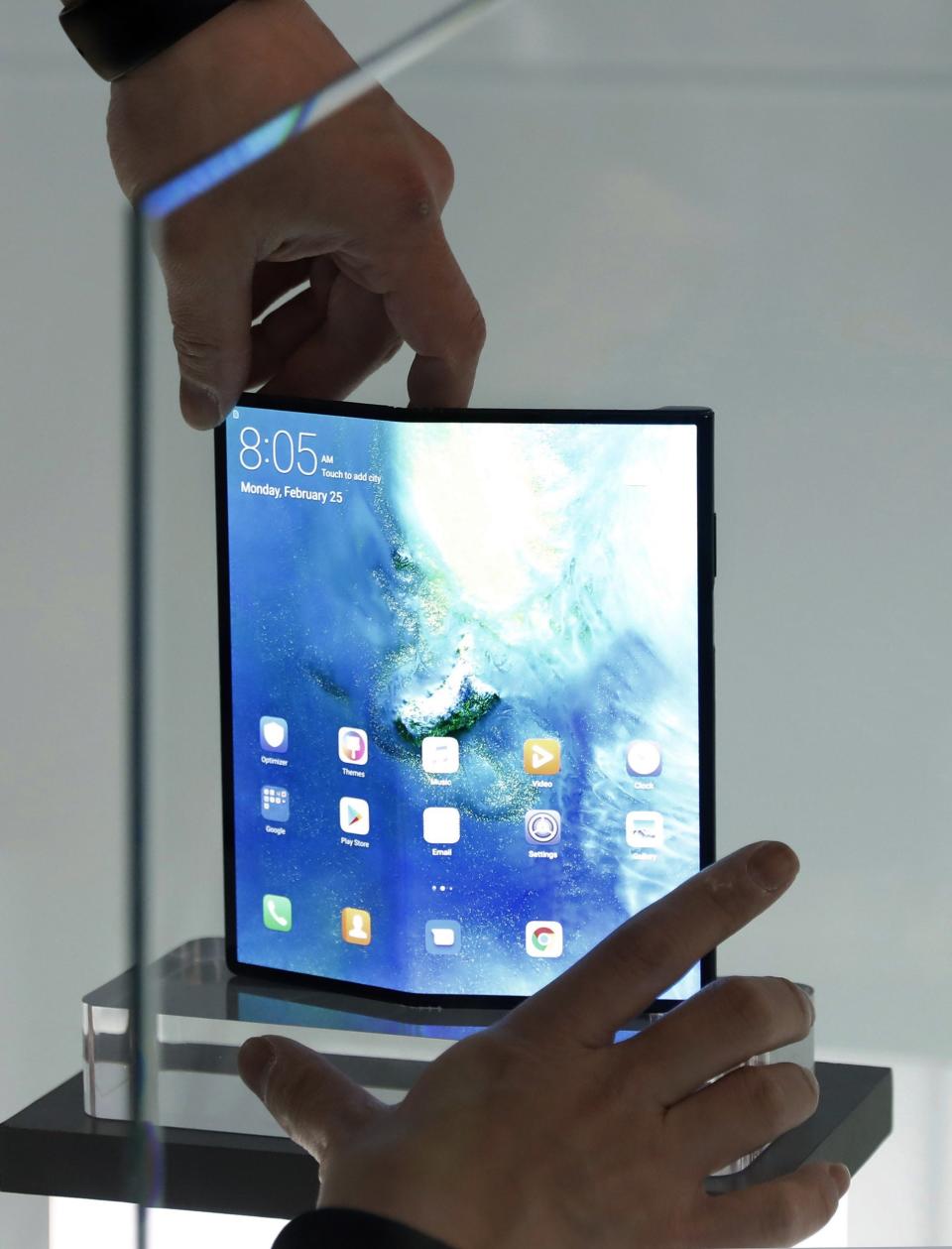Huawei Google ban news: Is the UK blocking Huawei from its 5G network?
MPs have ruled that there are no "technical grounds" to prohibit Huawei from the UK’s telecoms infrastructure.
The Science and Technology Committee did suggest, however, that there are valid ethical and political reasons for a potential ban – which could prevent Huawei being granted access to the UK’s 5G network.
The parliamentary ruling is the latest milestone in a lengthy battle between the US and China, which saw the Chinese telecommunications giant being blacklisted by the US government.
But there are reports that US companies may be able to kick start their sales process with Huawei in as a little as two weeks.
This follows reports last week about Commerce Secretary Wilbur Ross saying the US administration will issue licenses for US companies that want to do business with Huawei “where there is no threat to national security.”
So what does this mean for the Google Huawei ban and how will the UK’s ruling affect Huawei’s access to 5G? Here’s everything that’s happened so far:
What is the Google Huawei ban about?
The Chinese tech giant has been accused by President Trump’s administration of stealing trade secrets, fraud and violating US sanctions against Iran, claims which have led the US president to ban Huawei’s equipment from US networks in an effort to protect national security.
As a result, Google was forced to pull Huawei's Android license.
Other companies are affected by the executive order, including chip designers ARM and Qualcomm.
What does the Google Huawei ban mean for Huawei phone users?

The ban hasn't affected current Huawei smartphones and devices. Google has said the Google Play Store, the Android app store through which Android device owners get their links to the outside world, and the security features which come with Android, will continue to be available on existing Huawei devices.
That means anything from the recent Huawei P30 range release, the upcoming Huawei Mate 20 X 5G, and previous device are all fine.
However, it looks like anything the company releases in the future, such as the upcoming Mate 30 range, which is slated for an October release, could lose access to crucial Android services, including Google Play, Maps and the Gmail app.
Following news of the block, Huawei said many of its devices would be able to access Android Q – the next version of Google’s phone software due to launch later this year – and would continue to receive other updates without interruption.
A few weeks ago, the company’s UK managing director insisting “nothing has changed” for the company, and that customers “do not have to worry.”
Huawei phones not affected by the Google ban
Huawei P30: P30 Pro, P30, P30 Lite
Huawei P Smart
Huawei Mate 20: Mate 20 Pro, Mate 20, Mate 20 Lite, Mate 20 X
Huawei P20: P20 Pro, P20, P20 Lite
Huawei Mate 10: Mate 10 Pro, Mate 10, Mate 10 Lite
Huawei P10: P10 Plus, P10, P10 Lite
Is the Google Huawei ban over?
All signs are starting to point to the end of Huawei's troubles. Last week, reports suggested US firms will be able to apply for licenses to trade with the tech giant, whilst the latest news suggests this could happen in as soon as two weeks.
The relaxation of the ban followed a meeting between Chinese president Xi Jinping and US president Donald Trump. Two US chipmakers told Reuters they were looking to apply for more licenses following the comments.

However, this doesn't mean that Huawei is completely out of the woods yet. A White House representative said the recently relaxed restrictions would be temporary, however, and that negations between the US and the tech firm “will resume” in a few months.
Does the ban mean Huawei phones won’t be Android phones?
Not exactly. Any company that designs and builds a phone can use Android’s mobile operating system because of its open-source nature.
However, this move means Google is no longer going to provide technical support and collaboration for Android and Google services to Huawei.
This week, Huawei’s CEO Ren Zhengfei said the company would be launching its own OS system, which will be known as 'Harmony' in Europe claiming it would “likely” be 60 per cent faster than Android.
He added that whilst the OS would be designed to connect across multiple devices, including phones, cars and data centre, it would be lacking an alternative to Google’s Play Store and Apple’s App Store. Huawei has since said it is working to create an alternative.
This could mean Huawei breaks ties with Android and Google almost completely, developing its own OS to be integrated into all of its future devices.
In the meantime, there have been a wealth of other Android phones released in 2019 already to try.
The US trade ban is taking its toll on Huawei
Even though the US trade list ban may almost be over, it appears the bad headlines have started to affect Huawei's sales in the UK.
According to data by Kantar, Huawei's smartphone sales fell by two per cent between the first quarter and second quarter of 2019. By comparison, the company had a market share of 9.8 per cent in the second quarter of 2018, growing to 15.7 per cent in early 2019, so whilst the new figures are still higher than last year, it demonstrates that the Huawei surge is slowing down.
In addition, Huawei's sub-brand Honor appears to be falling too, from 3.9 per cent market share of sales in the second quarter of last year down to 2.3 per cent now.

Commenting on the figures, Kantar's consumer insights director Dominic Sunnebo said: “Q2 2019 saw Huawei endure a number of large setbacks resulting from being placed on the US Entity list, but despite this it finished the quarter up vs. 12 months earlier.
"There are signs Huawei owners are putting off upgrading – likely waiting for clarity on the future situation. If this continues to be the case and the dispute is resolved it might mean that the majority of sales are delayed rather than lost to competitors, but the speed at which a resolution is found will determine this.”
In comparison, Kantar believes Chinese rival Xiaomi, which entered the UK last November for the first time, and Samsung will be able to pick up the Huawei slack. Xiaomi has grown its market sales slice from 0.7 per cent last year to 2.1 per cent now, meaning it is close to overtaking Honor.
What does this mean for Huawei and 5G?
Despite concerns, it’s understood that Huawei will be helping develop 5G networks across all four of the UK’s major mobile phone operators.
The tech firm is already involved in building 5G networks in six of the seven cities in the UK where Vodafone has gone live. It is also assisting in developing 5G sites for EE, Three and O2.
Last week, the UK’s Science and Technology Committee said there were no “technical grounds” to exclude Huawei from the UK’s 5G, but did suggest that the government needs to consider the impact of using Huawei’s tech on its relationship with major allies, such as the US.
Norman Lamb, Chair of the Parliamentary Science and Technology Committee said: “We have found no evidence from our work to suggest that the complete exclusion of Huawei from the UK’s telecommunications networks, would, from a technical point of view, constitute a proportionate response to the potential threat posed by foreign suppliers.”
He added: “The conclusion is restricted to technical considerations. There may well be geopolitical or ethical grounds for the Government to decide to enact a ban on Huawei’s equipment.”
In response to the report, Victor Zhang, President of Global Affairs at Huawei, said: “We note the key conclusion from the Science and Technology committee letter, which states ‘There are no technical grounds for excluding Huawei entirely from the UK’s 5G or other telecommunication networks.
“And it also says ‘we have found no evidence from our work to suggest that the complete exclusion of Huawei from the UK’s telecommunications networks would, from a technical point of view, constitute a proportionate response.
“We assured that the UK, unlike others, is taking an evidence-based approach to network security. Huawei complies with the laws and regulations in all the markets where we operate.”
How could an Android ban affect the future of smartphones?
Huawei is championed as one of the most innovative smartphone brands, often showcasing its design and technical prowess at various keynote events around the world.
This is how the company has managed to go from a largely obscure Chinese brand to one of the biggest phone makers in the world, selling 59.1 million phones in the first quarter of 2019.
With the development of its own OS, it’s likely that regardless of whether Huawei is lifted from the Department of Commerce’s blacklist, the company will strike out on its own.
Nonetheless, the ban could have implications for the future of things like smartphone design. Take, or instance, the Huawei Mate X, the company’s folding phone. Google has been working with both Huawei and Samsung to create the next version of Android that works well on folding phones.

By ending this close relationship, future smartphone design will certainly be affected.

 Yahoo News
Yahoo News 
